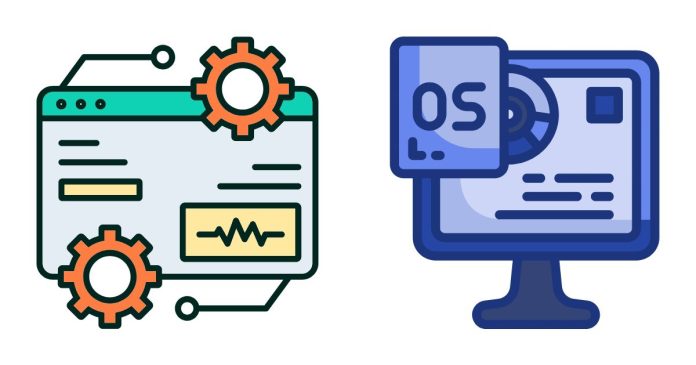The “Missing Operating System” error typically appears when a computer is unable to detect or load the operating system (OS) required to boot up and run the computer. This error can occur for several reasons, and understanding its cause is key to fixing it. Here’s an explanation of what it means and why it might happen:
What It Means:
- When you see the “Missing Operating System” error message, it means the computer cannot locate the OS (such as Windows, macOS, or Linux) on the hard drive or other storage device during the startup process.
- The OS is responsible for managing hardware resources and providing the interface for users to interact with the computer. If the OS is missing or corrupted, the computer cannot start normally.
Common Causes:
- Corrupted Boot Files: The files necessary for booting up the OS might be damaged or missing.
- Incorrect BIOS/UEFI Settings: The BIOS/UEFI may be set to boot from an incorrect device, like a network or unbootable external drive.
- Hard Drive Failure: The hard drive where the OS is stored could be damaged, preventing it from being read.
- Unplugged or Loose Cables: If the storage device is not properly connected, the OS cannot be found.
- Reformatted Drive: If the drive has been formatted or deleted, the OS would be erased.
How to Fix It:
- Check BIOS/UEFI Settings: Make sure the correct boot device (like your hard drive) is selected.
- Repair Boot Files: You can use a bootable USB or CD with an OS installation tool to repair the boot files.
- Check the Hard Drive: Test if the hard drive is connected properly or try replacing it if it’s damaged.
- Reinstall the OS: If the OS files are corrupted beyond repair, reinstalling the operating system might be necessary.
This error is often fixable with the right troubleshooting steps, depending on the underlying cause.


